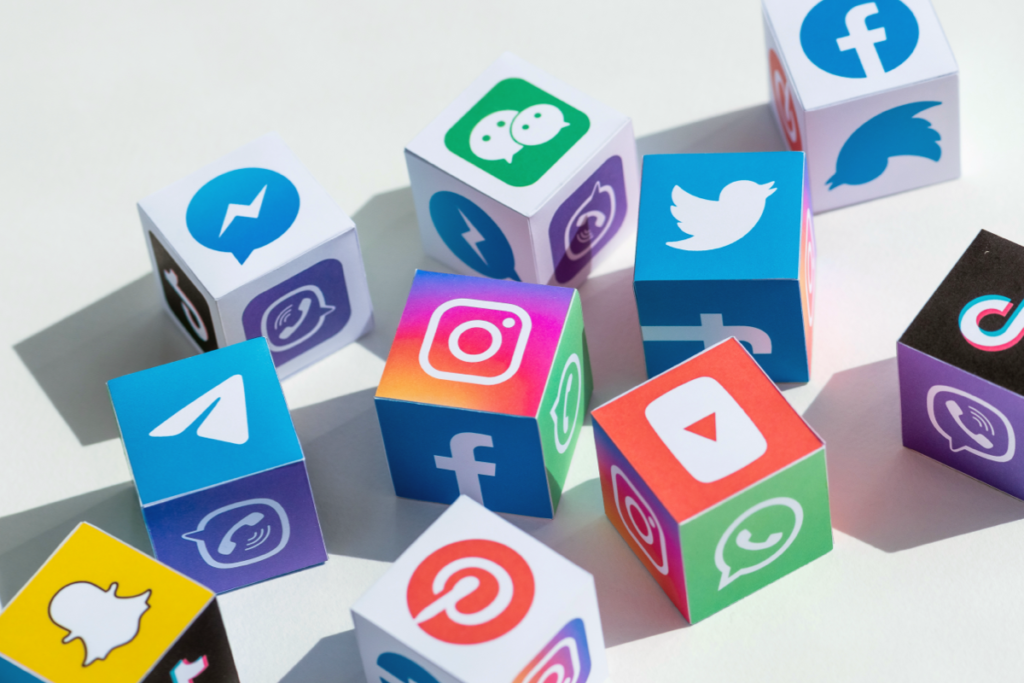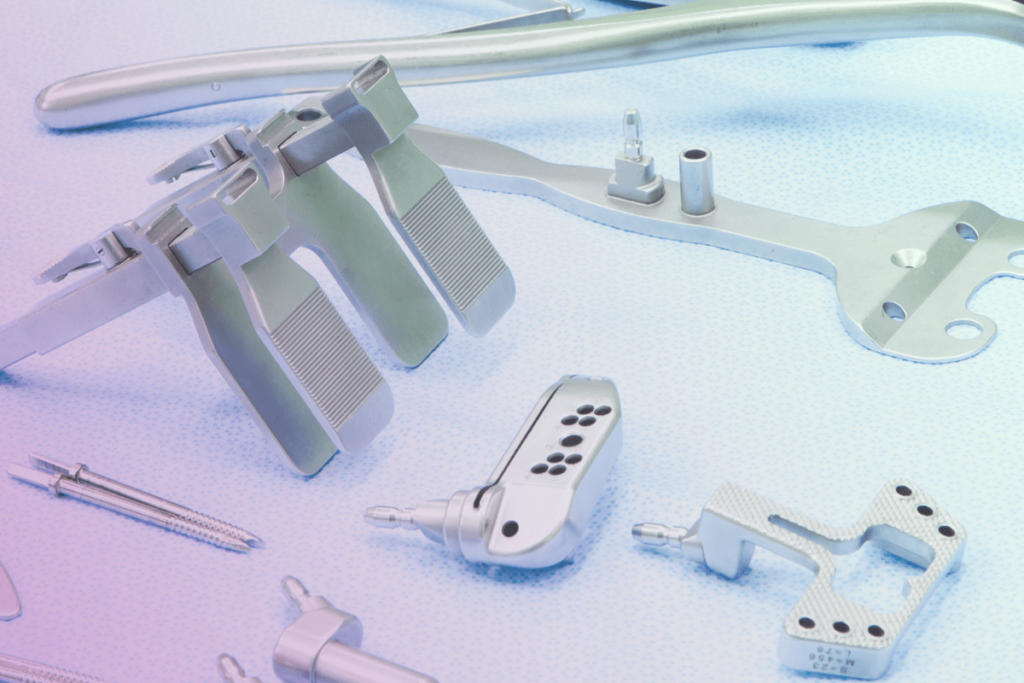Cracking the Code to Social Media Marketing
Finding the best platforms to use for B2B social media marketing (SMM) is not as simple as it seems. Given the plethora of social media platforms, it does not make sense for you to waste time trying to build and cultivate a presence on all of them. When it comes to figuring out SMM, there is no one-size-fits-all approach, even for companies within the same industry. That’s why we recommend different options and tactics based on your goals and general industry best practices.
Organic Reach Is In Decline

A social media strategy should include both paid and organic components. It’s no secret that most social media platforms operate on a “pay-to-play” model for brands. The easiest (and fastest) way to grow a social media presence and boost post distribution is to increase your ad budget on that particular platform.
However, companies often undervalue the importance of organic social media marketing, even though it creates the foundation of trust and consistency with followers and strengthens the brand. Another way to think of it is this: Why spend money just to drive interested prospects to a deserted social media page? Instead, take the time to create a content strategy with a focus on posts that educate, inspire, and entertain your audience.

Pick the Platforms That Match Your Goals and Audience
When your company is looking to connect with prospects in a professional setting, network with other companies in the space, or recruit and onboard prospective employees, which platform would you choose? LinkedIn easily comes to mind. Why? Because for years this networking platform has diligently made itself relevant to businesses and professionals.
At D2 Creative we’ve run several successful LinkedIn advertising campaigns for life science and medical device companies, thanks in part to LinkedIn’s audience-building capabilities. For organizations looking to connect with people based on things like job titles, industry, job seniority, or company name, LinkedIn has proven to be the best option.
As the demand for video content continues to increase, life science and medical device companies can use YouTube to publish promotional and educational content. Promotional ads, run through the Google Ads platform, can increase the reach of your videos with comprehensive targeting based on search terms used, websites visited, interest, and more.
Facebook remains one of the strongest social platforms across multiple countries and users. The size of the platform’s user base can’t be ignored, and while the majority use the platform for entertainment rather than professional purposes, it’s a decent option for retargeting because of how frequently users return to the app throughout the day.
For all posts, make sure you’re optimizing your content by platform. Content designed specifically for the platform that it’s going on will perform better. Since specs and requirements tend to change, we like to reference up-to-date guides like this one from Sprout Social.
Create a Social Media Marketing Strategy
Medical device and life science companies would be missing out on quality marketing opportunities if they didn’t use LinkedIn, YouTube, or Facebook. These platforms allow businesses to target buyers with a combination of organic search and paid advertising. By picking a few notable platforms such as these and creating a comprehensive social media marketing strategy that incorporates paid and organic search, companies can increase engagement and grow their followers.


